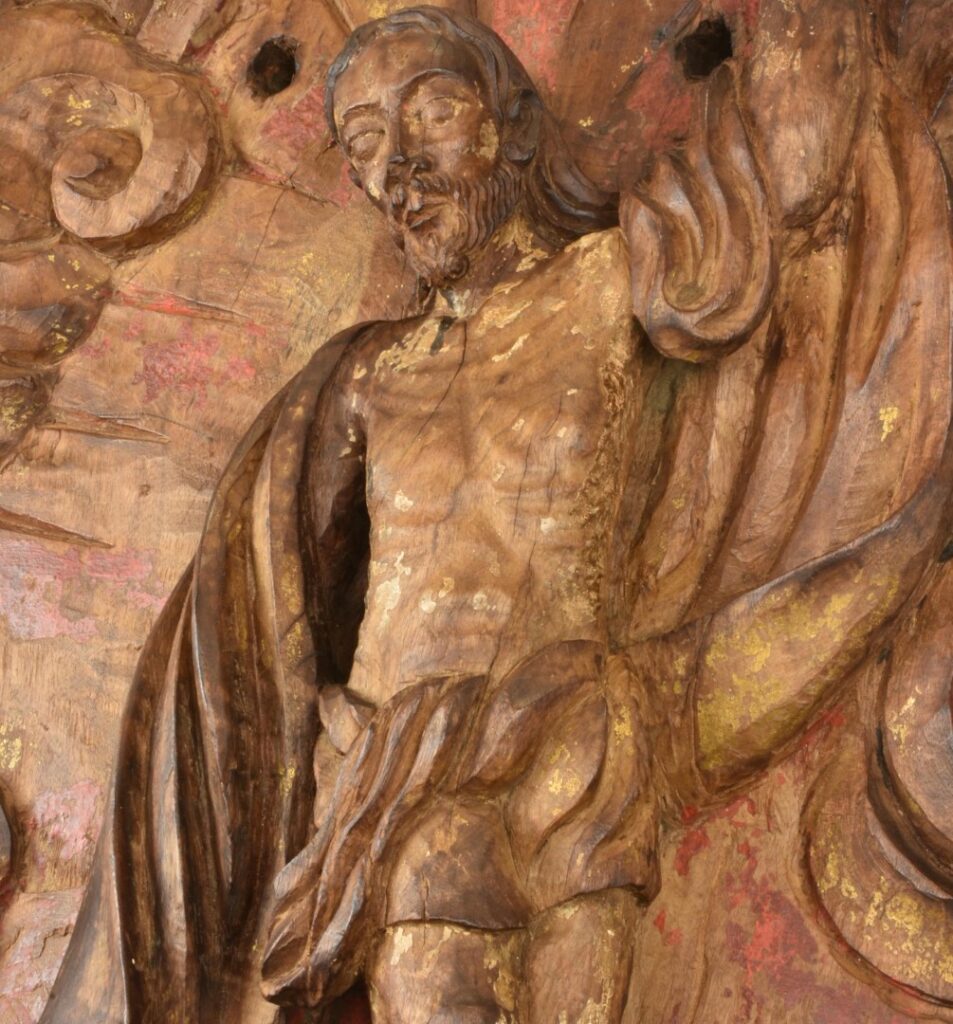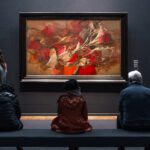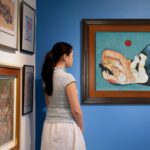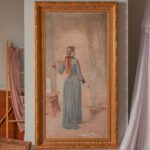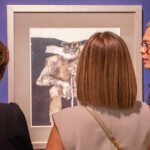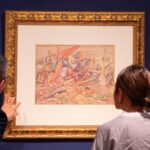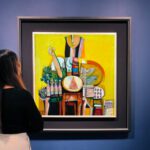BY JUN F. FULGENCIO — Many of us Filipinos have private altars in our homes – or at least, we know of someone who does. Traditionally, a variety of religious objects are reverently placed atop these home altars for veneration. Be it in the form of laminated prayer cards or statues of saints passed down over the generations – these religious objects point not only to our faith, but to our rich history as well.
What if we told you that these religious objects, as we know them today, had undergone centuries of transformation? These changes had to do with local craftsmen turning original Western images into their own. There is an unexpected story behind the religious images placed upon our altars at home – and it began with the arrival of the image of the Sto. Nino on our shores.
When the Spaniards first arrived in the island of Cebu, they offered the image of the Sto. Nino as a baptismal present to Reyna Juana. This gesture of hospitality marked the beginning of what would soon unfold as a rich tradition of colonial religious art in the Philippines.
The image of the Sto. Nino was well-received among the inhabitants of the island. After all, sculptures had already been the most popular art form even prior to the arrival of the Spaniards.
Following this first encounter, the Jesuits who first arrived in 1581 then taught the Chinese artisans of Parian de Arroceros to paint icons for churches. These two-dimensional images of the Virgin Mary were painted directly onto slabs of wood.
From the two-dimensional icons, local artisans almost simultaneously progressed to creating three-dimensional figures like santos and relieves. By the end of the 16th century, ivory carving flourished in Parian de Arroceros as well – so much so that the Archbishop of Manila commended the excellent craftsmanship of the artisans which was comparable to their Western counterparts.
Relieves were created by raising sculpted elements above a background plane, creating an impression of projected images. Like a tableau, it allowed more decorations and attributions to be incorporated in the composition, thereby more comprehensive and more dramatic.
As more churches were built all over the islands, larger images or santos carved out of wood, ivory, or a combination of both, were crafted to decorate the niches and smaller chapels inside, customarily under the instruction of the friars. To serve as teaching aids in churches, relief sculptures or relieves were made using lightwood and – more often – durable hardwoods like molave.
By the 17th century, a large population of the country had already converted to Catholicism. As such, the more affluent families began to commission smaller copies of these santos for their private veneration. By this time, colonial religious craft in the Philippines had developed into an art that was both fine and primitive, aesthetic and ritualistic– but overall distinctly Filipino.
Their styles and interpretations differed from region to region and ranged from the primitive to the grotesque. What first began with completely natural finishes evolved to colorful polychrome and shimmering gilt. The features and characteristics of the figures reflected the aesthetics of the changing times– from austere to almond-shaped and heavy-lidded eyes, almost invisible necks to elongated ones, au naturel to elaborately carved court dresses and royal regalias.
Adding to their rarity and individuality are santos that feature the Filipino carving trait suksok or tuck at the back – as seen in the mantle of the Blessed Virgin pinched in at the waist, as well as the groin perizoma or tapis of the Christ wrapped and tucked at the center front.
Local craftsmen had come a long way from the initial struggle of translating images from printed material into two-dimensional and three-dimensional icons, santos and relieves – transforming them into the images that we still have today. With style elements almost instantly recognizable as uniquely Filipino, these valuable religious objects continue to be venerated and collected for their sanctity, artistry, and deep ties to our personal and collective history.
You are invited to peruse the Connoisseur Collection catalogue as part of ‘The Well-Appointed Life’ auction by clicking here. You will find excellent examples of religious works of art that will be going to auction on Saturday 26 September at 11 am.
Jun F. Fulgencio is an avid enthusiast, researcher, and writer who has collaborated with Salcedo Auctions’ team of furniture specialists since 2017.









